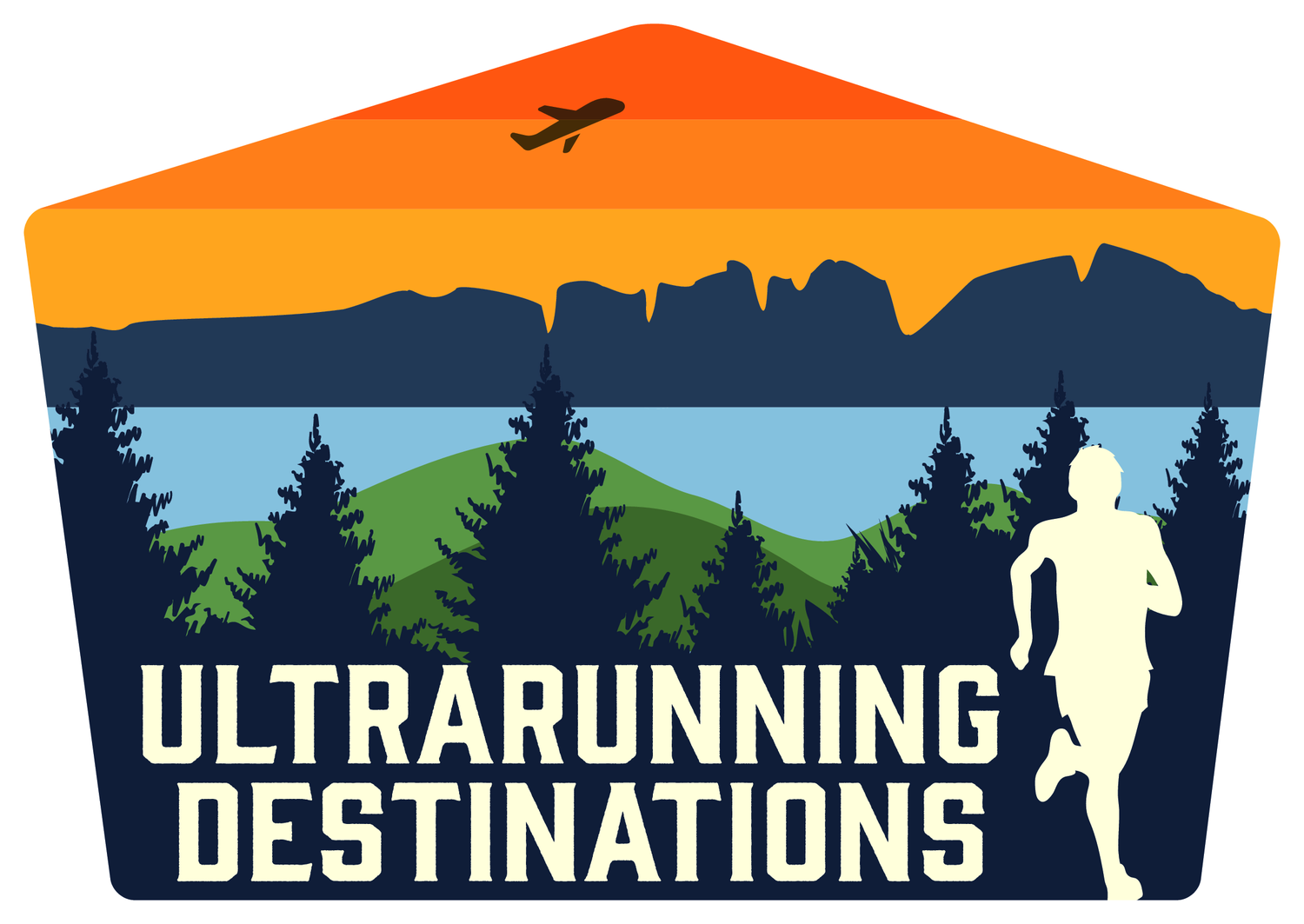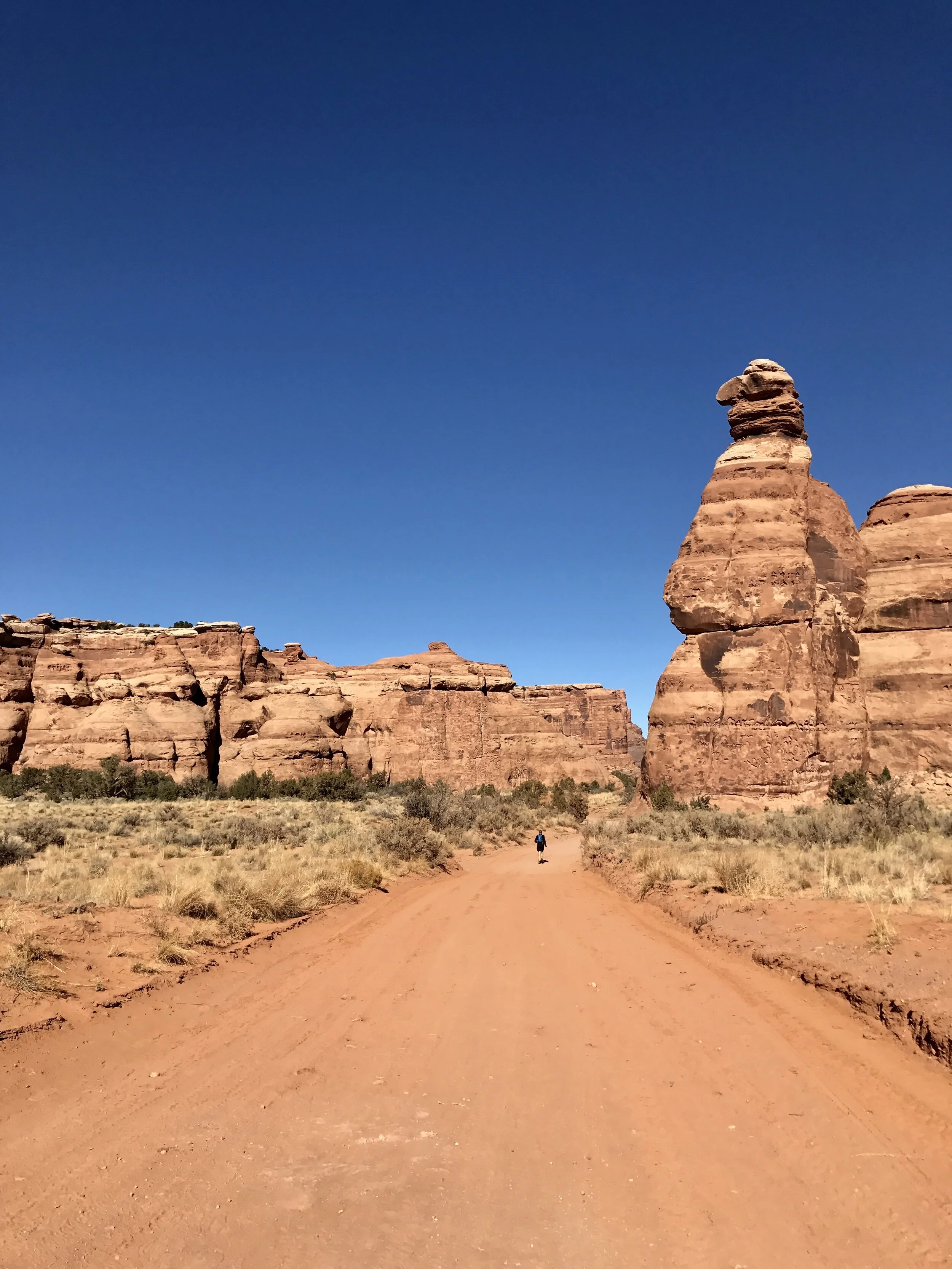Training with a backpack (Bataan Memorial Death March) - White Sands, NM
One aspect of doing long distance unsupported runs is that you have to prepare for carrying a 10+ pound (5 kg) backpack while running. On many of my trips I run with everything I need for the weekend, and also 2-3 liters of water, packed into my Camelback Backpack. This combination of clothes, safety gear and water can easily add up to 13-15 pounds (5-7 kg).
The way I started running with a backpack was while training for the Bataan Memorial Death March held at the White Sands Missile Range near El Paso, TX. The race website describes it best: The Bataan Memorial Death March is a challenging march through the high desert terrain of the White Sands Missile Range. The memorial march is conducted in honor of the heroic service members who defended the Philippine Islands during World War II, sacrificing their freedom, health, and, in many cases, their very lives. Survivors of the march have been attending every year, and we got a chance to meet them at the start of the race.
The race is open to military and civilians and has two divisions for civilians, heavy and light. In the heavy division they require you to carry a 35 pound (16 kg) backpack for the marathon. The marathon also has over 1000 feet (300m) of elevation gain and is composed of trail portions through the desert and pavement.
I took part in the race back in March 2015, but I trained almost a full year before it. I started my training by running with a 5 pound (2 kg) weight and then slowly increased the weight. I researched several types of backpacks in different configurations and concluded that:
a waist belt would not be necessary or comfortable for weights up to 35-40 pounds
an internal frame would help spread the load
comfortable straps were a must
The Camelback Backpack I’ve been using for years can hold 3 liters of water would not handle this kind of load. While it is super comfortable, and still the pack I use today, I decided it would not work for 35 pounds. I researched backpacks and came across Mystery Ranch in some forums. Mystery Ranch specializes in backpacks for military, wilderness firefighters and hunters and seemed to have a very loyal following. I chose their ASAP Pack for its size, weight and comfort factor. It has a single large compartment and also thick padded straps and the waist belt can be tucked away. The big compartment is necessary since the run is also a food drive and you are supposed to carry the weight as food.
Over the course of the year I kept ramping up the weight every few weeks. I was careful to listen to my body as I knew it’d be easy to hurt myself if I added too much weight too soon. I distinctly remember a few times where I tripped and fell because it was hard to control all that weight on rough ground, so be careful. It was also about this time when I changed to almost only running on grass to lessen the impact on my lower body. More on how I train for trails living in an urban environment in another post!
This race made a big impression on my training as I’ve continued to train with a backpack ever since. The backpack enables me to:
Train harder in a shorter period of time
Keeps me prepared for carrying a backpack on long runs
Improve by marathon times when I’m not carrying any weight
Please consult with your Dr. and or trainer before using a technique like this! I‘ve found for myself that a backpack can be used to stay strong, train hard and be injury free if done in a careful way. For my weekend back to back long runs, I almost always train with at least 12 pounds of weight, and I‘ve found it an effective way to always be ready for my next ultrarunning destination adventure.








